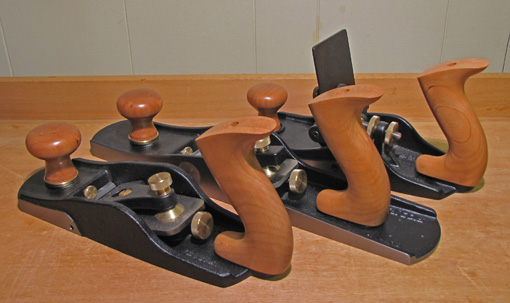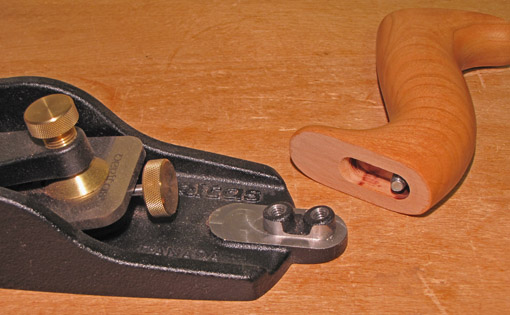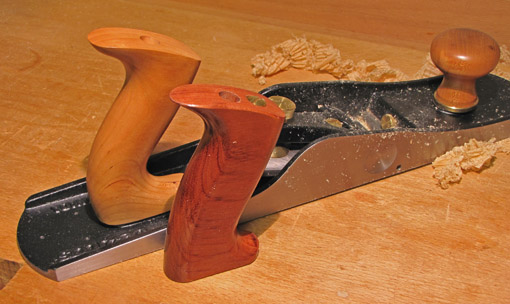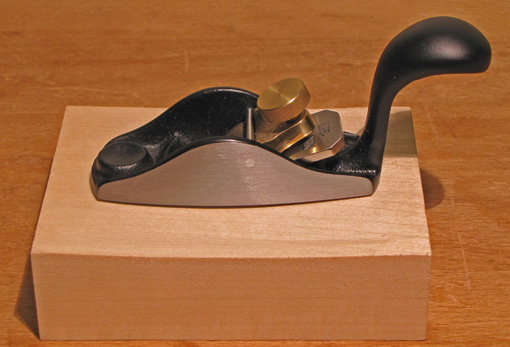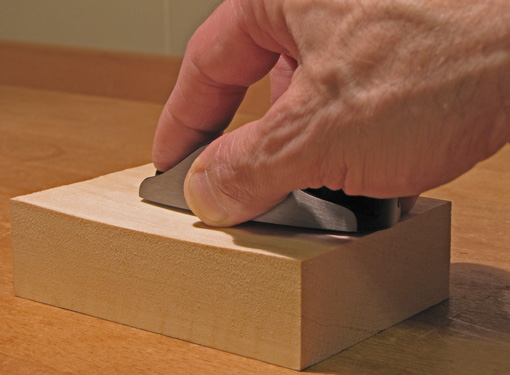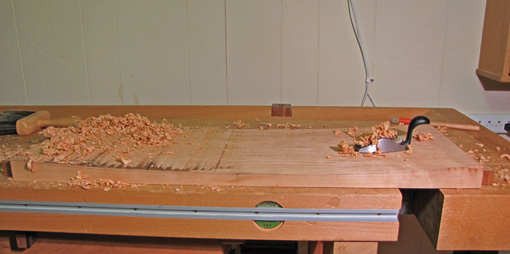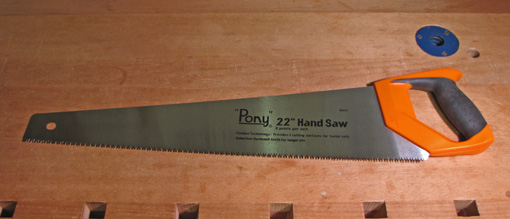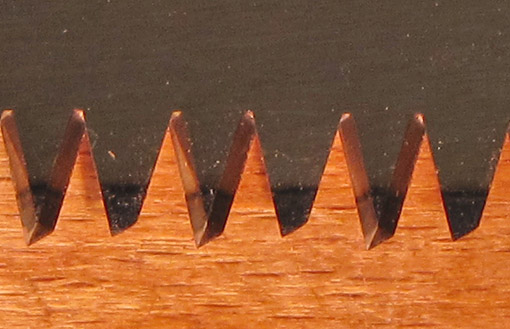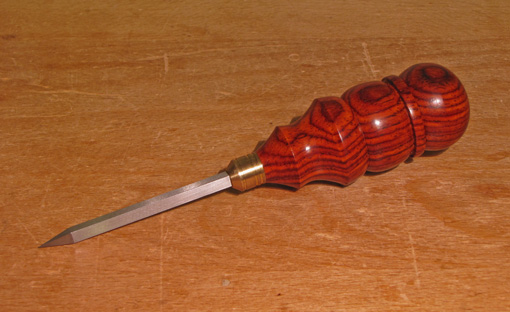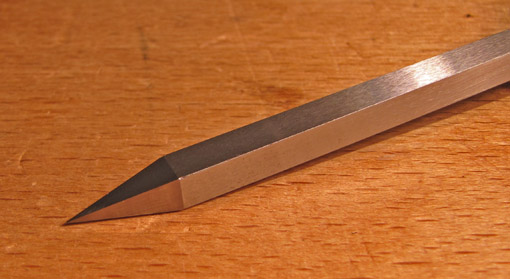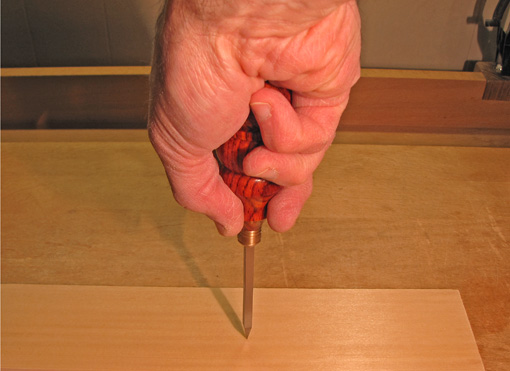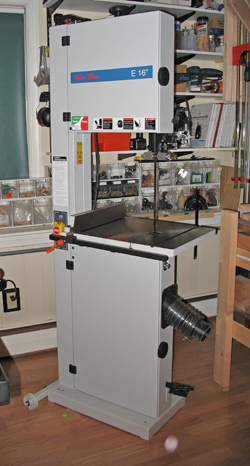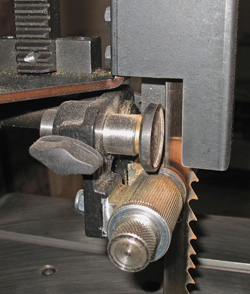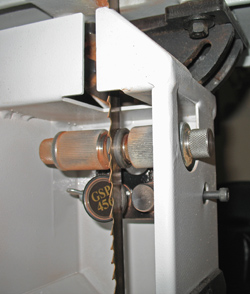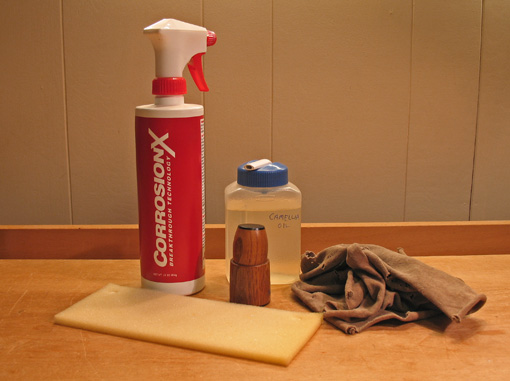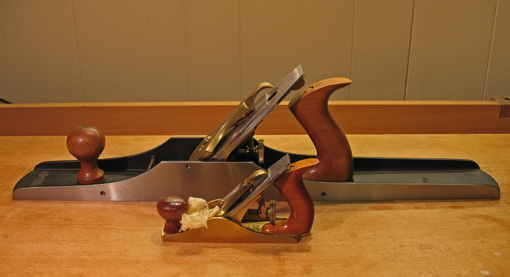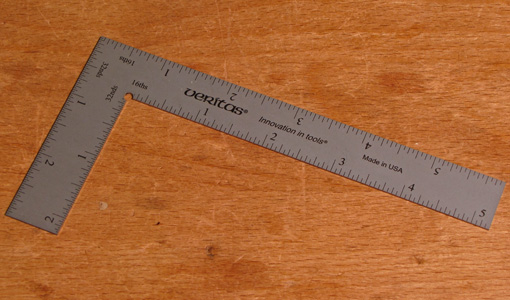
I had no specific purpose for this square, but because it looked like it might be a player, I added it to a larger order from Lee Valley Tools. After unpacking the shipment, I nonchalantly placed it aside into the tool well of my workbench.
Over the next few weeks, I found myself picking it up over and over for all sorts of measuring and squaring tasks. This may be the best way to assess the usefulness of a new tool: leave it on the “bench”, like an extra player, casually go to it now and then, and as you become increasingly impressed with its performance, promote it to the starting line up.
Here’s how this tool earned its role as a starter for me. First, it is very handy – small and light. The clean graduations with a sensible height organization and the satin finish make it easy on the eyes. The scales on both legs start at the inner and outer corners and are the same on both faces so I don’t get confused or make errors. I generally prefer to visually split 1/16ths rather than use 1/32-inch gradations but it is helpful to have the 1/32nds on the small legs for fine work.
It works beautifully as a short hook rule, such as to check stock thickness. Also, either leg butts securely against a surface for accurate inside or height measurements. Overall, I like handling the “L” shape more than using a 6-inch rule.
When I evaluated it using a Starrett combination square as the standard, I found it far exceeded Lee Valley’s statement of accuracy. It was straight and square within 0.001″ over its full length.
And, it’s got a 38″ vertical leap and clocks 4.4 in the 40. Just kidding.
As for dislikes, I find the large relief on the inside corner to be unnecessary, and it prevents penciling a line all the way to that corner. (Veritas seems to like this inside corner design. I find it very annoying on their otherwise excellent saddle square.) Also, a flat square like this will be inaccurate if it is held so as to occupy more than one plane when checking a corner. This is not a criticism of this tool but just a reminder of the nature of a flat square and that it does not replace a regular square.
In summary, this little guy is a gamer, a go-to tool in the shop.
[This review is unsolicited and uncompensated.]
